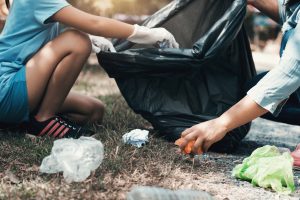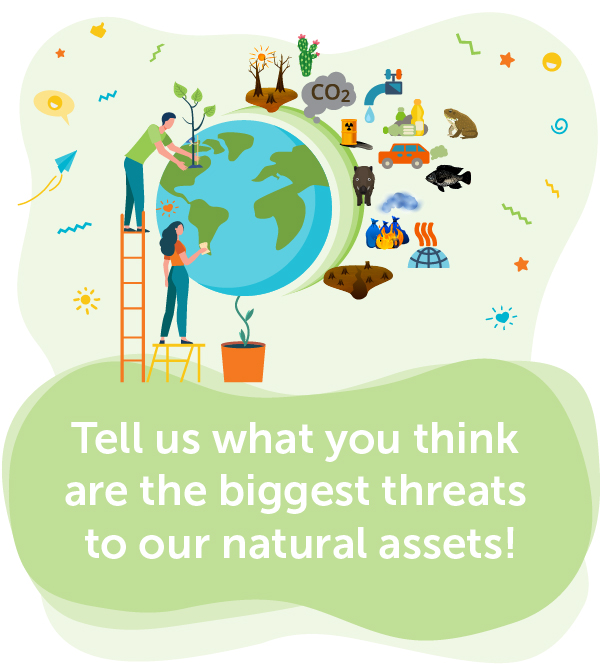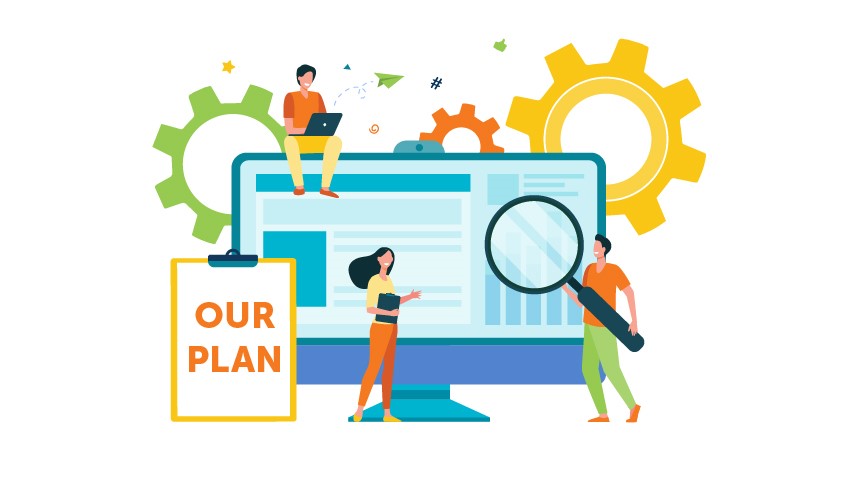There are many ways you can be involved!
Our CQSS2030 targets are big and strategies are, by their very nature, quite broad. This means there’s room for everyone to play a role in ways that are best suited to them.
Identifying which type of activities you’re involved in makes it easier to see which strategies and targets you contribute to as an individual, family, business or organisation. For the purposes of CQSS2030, we’ve grouped all the various actions into five main activity types; and together they create progress against the CQSS2030 targets.
Explore the different activity types and actions you can take in the table below.
- Overview
- Education and capacity building
- Monitoring and reporting
- On ground management
- Research, development and innovation
- Personal lifestyle choices

Every little action can make a big difference
Download our environmental action guide and learn what you can do to help our natural assets!

Every little action can make a big difference
Identifying which actions you take makes it easier to see which natural assets you’re helping. The actions in the table below outline how anyone can make a positive contribution to the CQSS2030 targets. While the action list doesn’t cover everything, it is a useful guide to identify your contributions and find out what more you could do.

Key:
![]()
The whole point of monitoring is to measure progress towards a desired goal, and to determine early if things aren’t working; that way we can change our approach and make improvements. Reporting can be thought of as sharing this information – what we found out about what worked and what didn’t, so we and others can learn from our experiences. So in actual fact, monitoring and reporting also involves evaluating our progress and/or success, and identifying what improvements can be made. Because of this, ‘monitoring and reporting’ is crucial to informing best practice in all the other activity types.
Monitoring and reporting:
- is required at multiple spatial scales. For example to determine changes in which birds visit your backyard to the number of migratory birds that land on our regional beaches each year,
- involves a diverse range of people for a diverse range of reasons. Private individuals who participate in citizen science programs for water monitoring or use reporting apps for pest animals), businesses who need to assess their economic and environmental impact, groups and organisations involved in delivering specific programs and governments who need to determine the benefits of their investments,
- can be used to learn about singular things like where cane toads are, or to answer very complex questions like – how healthy is our Great Barrier Reef?

Every little action can make a big difference
Identifying which actions you take makes it easier to see which natural assets you’re helping. The actions in the table below outline how anyone can make a positive contribution to the CQSS2030 targets. While the action list doesn’t cover everything, it is a useful guide to identify your contributions and find out what more you could do.

Key:![]()
On ground management refers to organising and performing activities out in the natural environment, and includes the necessary and associated indoors or office work that makes those activities possible. Onground management has direct and observable outcomes on the environment and natural assets – sometimes good and sometimes bad, sometimes intended and sometimes by accident. In all instances, on ground management is carried out by landowners, leasees and/or those who manage or care for land on behalf of others. The range and purpose of activities that fall into on ground management are very diverse, and depend on what the area is used for. If you think about the main industries in Central Queensland – agriculture, mining, tourism and the health and services sectors – it’s easy to imagine some of the different actions and outcomes from their on ground management activities.
The key thing to remember is – if you’re responsible for or involved in looking after any patch of land, waterway, beach or ocean… then you’re involved in on ground management!

Every little action can make a big difference!
Identifying which actions you take makes it easier to see which natural assets you’re helping. The actions in the table below outline how anyone in our region can make a positive contribution to the CQSS2030 targets. While the action list doesn’t cover everything, it is a useful guide to identify your contributions and find out what more you could do.

Key:![]()

Often, it involves keeping parts of a product, service or system that worked well and modifying them by adding new parts or removing the bits that didn’t work so well. These decisions result after looking at what other information and options are available (research) and based on that, making an informed guess about what would work better. Research, development, and innovation relies a lot on all the other activity types, but especially monitoring and reporting. Without access to information about what worked and what didn’t, it’d be very hard to come up with better ideas. Research, development and innovation requires a willingness to make mistakes and learn from them, as well as a deep curiosity about what works and why, and the creativity to imagine what products, services, process or systems would look like.
Every little action can make a big difference!
Identifying which actions you take makes it easier to see which natural assets you’re helping. The actions in the table below outline how anyone in our region can make a positive contribution to the CQSS2030 targets. While the action list doesn’t cover everything, it is a useful guide to identify your contributions and find out what more you could do.

Key:
![]()

Personal lifestyle choices are exactly that – they’re personal choices about how to live, what to do, buy, eat and support. Recycling, choosing renewable energy, volunteering, supporting environmental groups or choosing a career in sustainability or environmental care are all examples of personal lifestyle choices that reduce negative impacts on the environment – there are however many, many more! Personal lifestyle choices can be small and seemingly insignificant to some, while to others, those same choices are a really big deal or even impossible; it all depends on what we were bought up with, what we believe is ‘normal’, and what our personal circumstances allow for. Our choices are influenced by many things and change over our life for many different reasons.
Every little action can make a big difference!
Identifying which actions you take makes it easier to see which natural assets you’re helping. The actions in the table below outline how anyone in our region can make a positive contribution to the CQSS2030 targets. While the action list doesn’t cover everything, it is a useful guide to identify your contributions and find out what more you could do.
 Key:
Key:
![]()
One action means different things to different people
Often, one action falls within more than one activity type. A good example is choosing to pick up and dispose of someone else’s rubbish on the street.

;
Make a difference right here, right now!
By participating in the quiz or survey below, you’re helping build a clearer picture of what is happening across our region. Your insights will help us find better ways to care for our natural assets and support our region.




